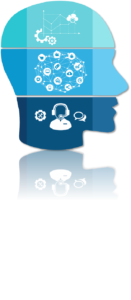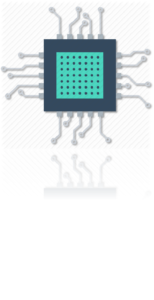- Face Recognition
- Face Expression
- Face Mask Detection
- Chatbots (Databases connected)
Artificial Intelligence
- Audio File Analysis
- Image Object Detection
- Image Segmentation
- Image Classification
- Best Combination Algorithm using AI (ICU solution)
- NLP( Natural languages processing)
- OCR



AI-Based Cancer Nodules Detection
Problem
- Lung cancer (both small cell and non-small cell) is the second most common cancer in both men and women.
- In most death late diagnose is the major problem faces by people.
- We do have DICOM images of early nodules but still the problem is we not able to predict those symptoms.
- The American Cancer Society’s estimates for lung cancer in the United States for 2021 are:
- About 235,760 new cases of lung cancer (119,100 in men and 116,660 in women)
- About 131,880 deaths from lung cancer (69,410 in men and 62,470 in women)
Solution
- Early detection of the cancer can allow for early treatment which significantly increases the chances of survival.
- This project creates an AI algorithm that automatically detects candidate nodules and predicts the probability that the lung will be diagnosed with cancer within 1 year of the CT scans. The algorithm is summarized by the following framework:
- The LIDC-IDRI dataset is a publicly available dataset for nodules in lung. They have classified nodules as cancerous and non-cancerous.
- We can create a neural net to first identify nodules in any DICOM image. Then once the nodule gets detected, we can train an image classification network to identify nodules as cancerous or non-cancerous.
- So this Image Processing-based AI algorithm can help us identify the actual problem and predict it before the situation gets worse.
Implementation
- We can integrate this with any EMR / EHR through API integration or it can be integrated with our own Meditibb EHR, ezTelemed Telemed Platform or our Cloud-based PACS Tele-radiology integration.
- Images and AI results can be viewed using our integrated DICOM viewer.
Automated Karyotype Solution (AKS)
Problem
- Karyotyping is the process by which photographs of chromosomes are taken in order to determine the chromosome complement of an individual, including the number of chromosomes and any abnormalities. The term is also used for the complete set of chromosomes in a species or in an individual organism and for a test that detects this complement or measures the number.
- Condensed chromosomes classification can result in low accuracy and sensitivity and only expert cytogeneticists can perform karyotype.
- Cytogeneticists normally perform all the analysis steps including: (Isolating metaphase and non- metaphase objects, chromosomes labeling according to length and centromere position, translating the chromosomes to the desired positions in the final karyogram. Revising the resulting karyogram according to the banding pattern.
Solution
- Our AKS can perform all the karyotype steps which includes chromosomes segmentation, classification, and ordering automatically, using different metaphase images.
- With our AKS, any cytogeneticist can perform automated karyotype system and can segment and classify condensed chromosomes with high accuracy and sensitivity. It can perform all the metaphase chromosomes analysis automatically and robustly and in a fraction of the time.
Back to Top
